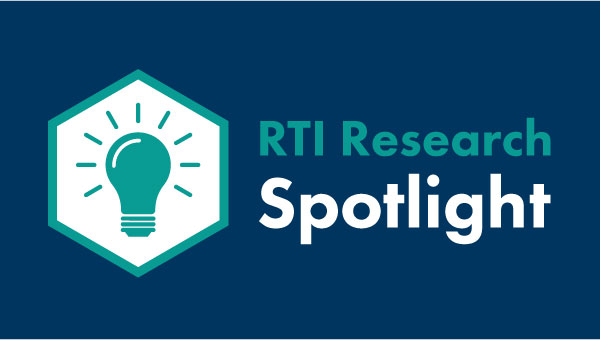Every year, medical librarians present papers and posters at the national Medical Library Association conference, but how many choose to take the next step and publish their research? Are there particular features of the author or the research itself that increase the likelihood of publication? Differences in who publishes and what gets published can result in publication bias and limit whose voices are heard. Ultimately, this bias could affect the evidence that practitioners rely on for practice.
My interest in evidence-based librarianship led me to apply for the RTI 2019 cohort to explore these questions. I am pleased to report that my article “The publication fate of abstracts presented at the Medical Library Association conferences” was published in the October 2021 issue of JMLA.
My coauthors and I found that, compared to ten years earlier, fewer abstracts presented in 2012 and 2014 were later published as journal articles (21.8% vs. 27.6%). Research-based abstracts, specifically surveys and mixed methods, and abstracts with authors from multiple institutions were the most likely to get published. To our surprise, the author’s work setting and credentials did not influence the odds that the abstract would later be published. The reduced publication rate of MLA conference abstracts may be due to an increased number of program or non-research abstracts that were accepted or a more competitive journal peer review process. MLA could increase the publication rate by encouraging and enabling multi-institutional research projects among its members. We also suggest that MLA should consider ways to better disseminate non-research (e.g., successful programs, best practices), perhaps by rewarding successful programs and depositing slides and posters in a repository.
Rachel Hinrichs, AHIP, is a fellow of the 2019 MLA Research Training Institute (RTI), and this project was the focus of her research. The RTI project was made possible in part by the Institute of Museum and Library Services (RE-95-17-0025-17).




